14 Jan 2014
0 CommentsThe Group of Seven – Nation Building for the 21st Century
Last year, I signed up for a wonderfully ambitious initiative spearheaded by our Governor General, His Excellency David Johnston. I was invited to join a Group of Seven who will serve as catalysts to rolling out David Johnson’s vision of a Smart and Caring Nation built by a set of Smart and Caring Communities, ultimately aimed to be a major national initiative to commemorate Canada’s 150th birthday, or sesquicentennial, in 2017.
I was very much honoured to be asked and, although it is a dauntingly large not to mention a somewhat unspecified, goal, as a proud Canadian who knows first hand David Johnston’s unique ability to lead and motivate, I quickly agreed to this call. I’ll share more about this initiative in order to seek your input. Since no small group can be representative of our huge and diverse nation, it is important the we engage in much dialogue from Canadians of all ages and demographic profile, in order to achieve maximum impact and relevance.
As a way to start that conversation, I’d like to share some of my perspectives on Smart and Caring 2017.
David Johnston’s Smart and Caring Vision:
This whole project starts with a great foundation in our Governor General’s Smart and Caring vision for Canada. And here is why his singular leadership is so critical to this initiative.
David Johnston has a long track record of motivation. Back in 2006, as President of Unviersity of Waterloo, he challenged the already ambitious and successful business, community and government leaders in Waterloo Region to reach even higher. Issued in November 2006, his Ten Goals to Make Waterloo Region Canada’s Knowledge Capital are a blueprint that inspired and motivated real change and continue to have an impact today.
Similarly, on 1 October 2010 at his installation speech as Governor General in the Senate Chambers in Ottawa, David Johnston laid out his vision for nation building in Canada, challenging us to build a Smart and Caring Nation:
“We are a Smart and Caring Nation.
A nation where all Canadians can grow their talents to the maximum.
A nation where all Canadians can succeed and contribute.
But there is much work to be done to fully achieve our vision of a Smart and Caring Nation. I believe it is essentialTo support families and children,
To reinforce learning and innovation, and
To encourage philanthropy and volunteerism.”
To build on that vision as we near the sesquicentennial of Canada as a country in 2017, His Excellency has challenged Community Foundations of Canada and the growing network of 191 grass roots Community Foundations across our country. He wants them to lead a groundswell movement, in each and every community and nationally, for Smart and Caring 2017.
Canada – A History of Evolutionary Nation Building:
With that vision as inspiration, and as a passionately proud Canadian, here is my perspective on Canada as a nation. We were not formed by revolution, as is the case in many other countries like the USA or France. True to our character, our particular style of nation-hood opted instead for evolution at a slow almost glacial pace. You might almost say that Canada pioneered nation building by committee. Specifically, a series of meetings commencing with the Charlottetown Conference, 150 years ago in 1864, led to Confederation on 1 July 1867.
I would argue that, as a nation, we were more defined by what we were not — ie. no tea parties or revolutions to overthrow a king. Instead, via peaceful change we enjoyed a tabula rasa upon which to architect a unique nation in those lands north of the growing United States of America. The process was slow. We remained essentially a colony with large parts of the country feeling more British than Canadian for many years. Consider how long it took us to have a non-British Governor General (Vincent Massey, 1952), our own flag (1965, replacing the Union Jack) or our own constitution (repatriated from Westminster in 1982).
Until the late 20th century, innumerable British colonial vestiges remained. Many people argue that Canadian heroism and sacrifices for the motherland in World War I, just 100 years ago, started the modern trend of a strengthening Canadian identity both internally and as a nation on the global stage.
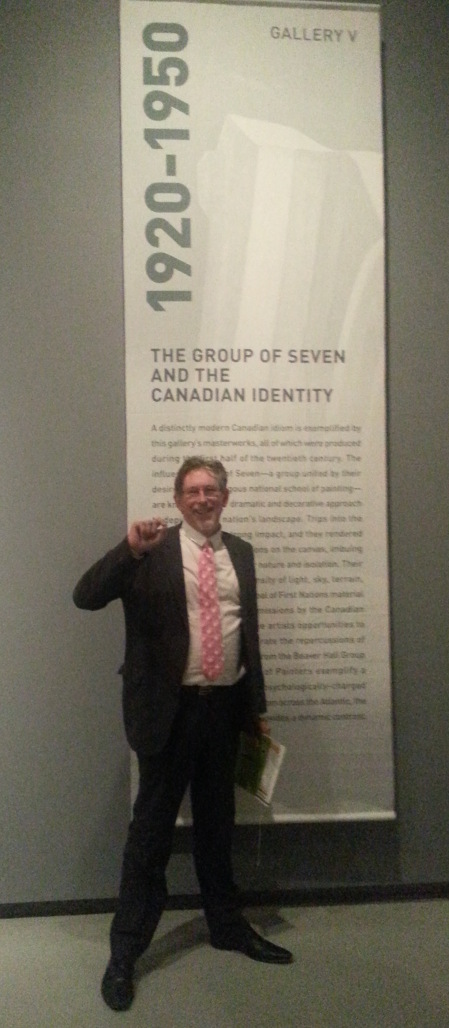 Shortly after WWI, an influential group of painters, the original Group of Seven artists, created a truly Canadian vision of our country through direct contact with nature and our awe-inspiring landscape. Their work was notably distinct from the prevailing British styles of Turner, Constable and later British or European artistic styles.
Shortly after WWI, an influential group of painters, the original Group of Seven artists, created a truly Canadian vision of our country through direct contact with nature and our awe-inspiring landscape. Their work was notably distinct from the prevailing British styles of Turner, Constable and later British or European artistic styles.
Canada’s Centennial in 1967 marked a major inflection point for Canada. We had come through two world wars with a strong sense of national identity, supported by the burgeoning post war economy. Canada proudly led on the world stage with the likes UN Peacekeeping, Expo ’67 in Montréal and the uber cool federalist Prime Minister Pierre Elliot Trudeau.
Set right in the middle of the swinging 1960’s, our centennial celebrations in 1967 were a wonderful time to be alive. Besides Expo ’67 and the quaint historical “centennial” costumes people wore, today we are left with innumerable Centennial arenas, parkways, libraries, etc. These major investments in infrastructure are present with us today. I recall that time with pride and fondness.
CFC Smart and Caring Project:
Because the 21st Century seems so different than the previous, what kind of movement should honour Canada’s 150th birthday. It is a complex question, but I believe that if we can mobilize almost all communities across Canada into activities and projects inspired by the “Smart and Caring” mantra, like a national pot luck dinner we would effectively crowdsource some of national, and even, international significance.
Once again, we have a unique opportunity to make positive changes while setting a positive example for the world.
It is important to understand that, because each and every community is unique, communities must have the freedom to launch initiatives that directly suits their unique needs. Nonetheless, with diverse initiatives considered collectively, I believe that, taken as a whole we can shape and inspire the Canada of the future. We have so many advantages and the time is right to embark of nation building for the 21st century.
I would further hope that we would see collective action and partnership, both at the community level and national level, to increase the impact and effectiveness of the Smart and Caring 2017 initiatives. We must speak to and be meaningful to all Canadians:
- young and old
- recent immigrants or multi-generational Canadians
- from east to west to the most northern reaches
- Aboriginal, English, French or any other heritage
Because no group, no matter how large, can be sufficiently inclusive, that is why it is absolutely imperative that we, who have been honoured to help make this happen, hear from as many Canadians as possible.
Please weigh in here with comments or find other ways to get involved. And, I hope to provide more updates and opportunities to engage, participate, shape and drive Canada’s 150th birthday celebrations – Smart and Caring 2017.Please start by sharing your thoughts on what Smart and Caring 2017 means to you.

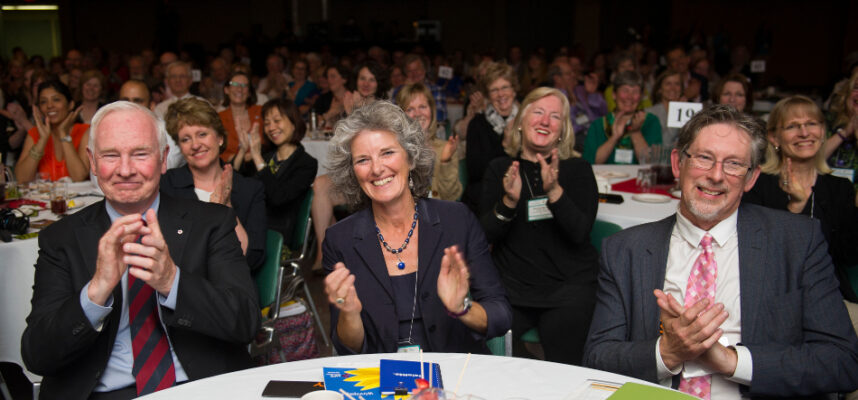

 Bill Gates, partly at the instigation of Warren Buffet who added his personal fortune to that of Gates, left Microsoft, the company he built, to dedicate his life to innovative solutions to large world issues such as global health and world literacy through the
Bill Gates, partly at the instigation of Warren Buffet who added his personal fortune to that of Gates, left Microsoft, the company he built, to dedicate his life to innovative solutions to large world issues such as global health and world literacy through the 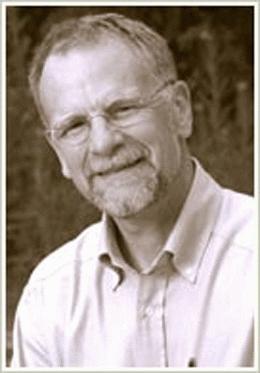 Started by Paul Brainerd, Seattle-based
Started by Paul Brainerd, Seattle-based 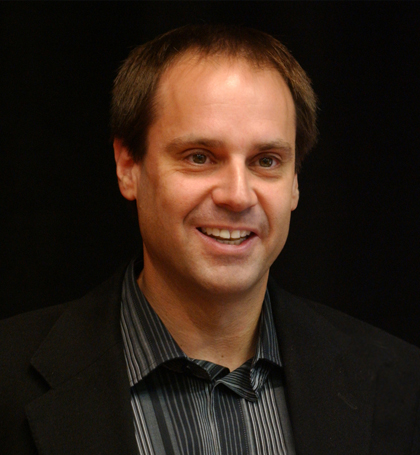 Jeffrey Skoll, a Canadian-born billionaire living in Los Angeles and an early employee of
Jeffrey Skoll, a Canadian-born billionaire living in Los Angeles and an early employee of 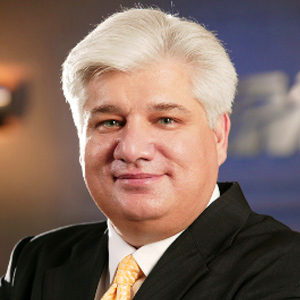 Waterloo’s own Mike Lazaridis aims to transform our understanding of the universe itself by investing hundreds of millions of dollars into
Waterloo’s own Mike Lazaridis aims to transform our understanding of the universe itself by investing hundreds of millions of dollars into 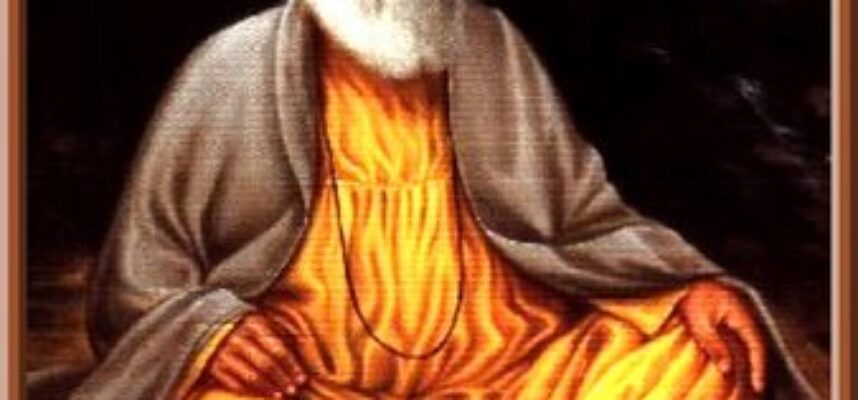
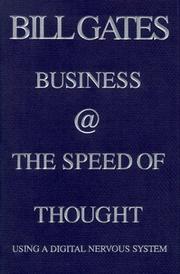 cloud computing, driven by virtualization, in which vast arrays of commodity computing power is outsourced and interconnected with high bandwidth network connectivity wasn’t considered at all. The 1990’s ethos was company controlled, in house, server farms.
cloud computing, driven by virtualization, in which vast arrays of commodity computing power is outsourced and interconnected with high bandwidth network connectivity wasn’t considered at all. The 1990’s ethos was company controlled, in house, server farms. Web 2.0 can be viewed as many pre-bubble Web 1.0 concepts finally coming to reality in the fullness of time. Whereas there used to be much talk about “bricks” versus “clicks”, the modern company is fully integrated with the Web as a part of the distribution strategy. Companies that were simply a “web veneer”, like Webvan or Pets.com are gone and long forgotten.
Web 2.0 can be viewed as many pre-bubble Web 1.0 concepts finally coming to reality in the fullness of time. Whereas there used to be much talk about “bricks” versus “clicks”, the modern company is fully integrated with the Web as a part of the distribution strategy. Companies that were simply a “web veneer”, like Webvan or Pets.com are gone and long forgotten.
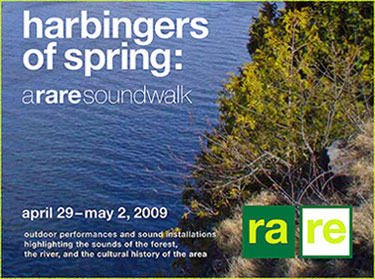 In closing, kudos to the organizers for their sense of promoting the power of partnership in the arts. Just like in for profit businesses, this kind of pairing can build a powerful gestalt where the sum is greater thant the parts.
In closing, kudos to the organizers for their sense of promoting the power of partnership in the arts. Just like in for profit businesses, this kind of pairing can build a powerful gestalt where the sum is greater thant the parts.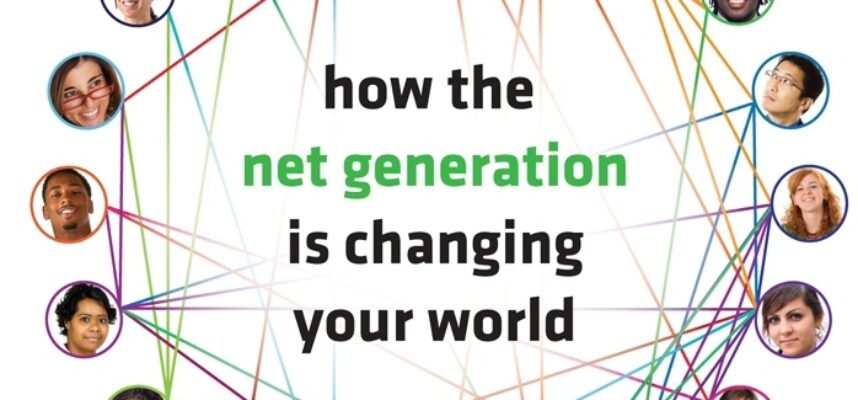
 I first used computers at age 14, after being invited with a set of Math Contest winners to the University of Waterloo where I had the pleasure of using APL an early math-based timesharing system running on an IBM 360/44 . It is notable that, rather than learning the standard Fortran and programming on punch cards, I started programming using an IBM 2741, which is like an online IBM Selectric typewriter (typeball and all) connected via modem, with acoustic coupler, at 134.5 baud. Prior to this, I had read about computers and thought about them abstractly, but the plain truth is that computers were only accessible to a very small, privileged elite.
I first used computers at age 14, after being invited with a set of Math Contest winners to the University of Waterloo where I had the pleasure of using APL an early math-based timesharing system running on an IBM 360/44 . It is notable that, rather than learning the standard Fortran and programming on punch cards, I started programming using an IBM 2741, which is like an online IBM Selectric typewriter (typeball and all) connected via modem, with acoustic coupler, at 134.5 baud. Prior to this, I had read about computers and thought about them abstractly, but the plain truth is that computers were only accessible to a very small, privileged elite. Recently, a friend sent me the directory listing of an old backup tape for the Honeywell 6050 TSS system which reminded me that I first used email in 1975. Yes, we even had mailbox and mbox files way back then. Of course, the email system only connected the almost 1000 users of this computer, yet barely two years later my friend Bill Pase then working at IP Sharp Associates, connected me into a truly global email system run by that pioneering firm. This is primarily of interest because many people I talk to assume that email began in the late 1990’s.
Recently, a friend sent me the directory listing of an old backup tape for the Honeywell 6050 TSS system which reminded me that I first used email in 1975. Yes, we even had mailbox and mbox files way back then. Of course, the email system only connected the almost 1000 users of this computer, yet barely two years later my friend Bill Pase then working at IP Sharp Associates, connected me into a truly global email system run by that pioneering firm. This is primarily of interest because many people I talk to assume that email began in the late 1990’s.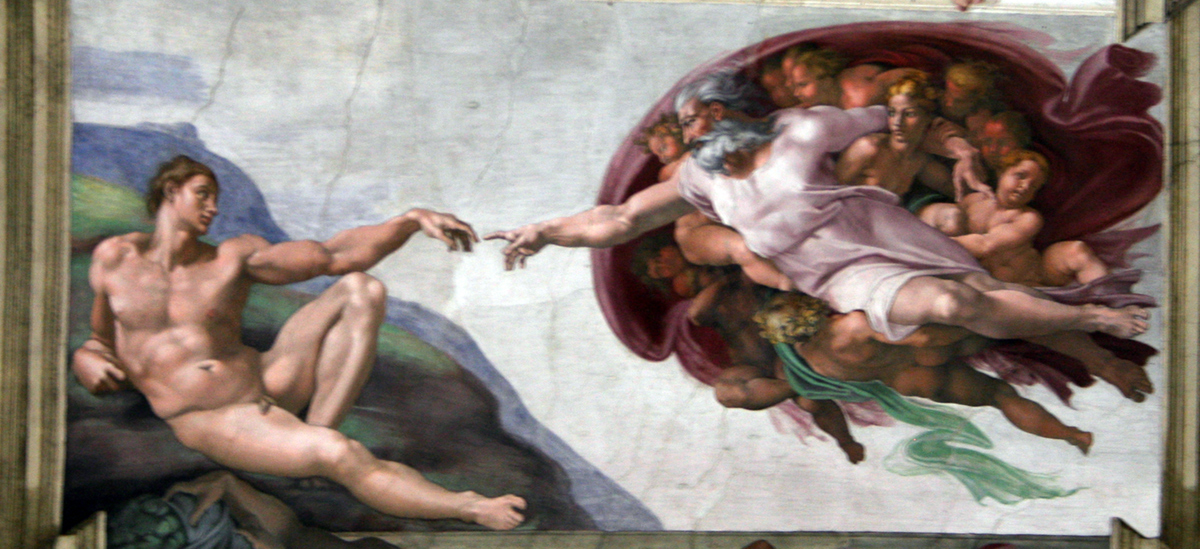 Around 1990, while CEO at
Around 1990, while CEO at 
 Proper Economic Stimulus Can Lead To …
Proper Economic Stimulus Can Lead To …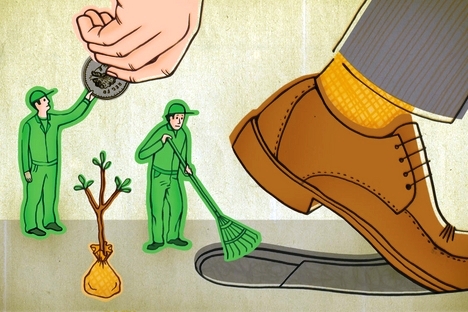 Significant Carbon Reduction
Significant Carbon Reduction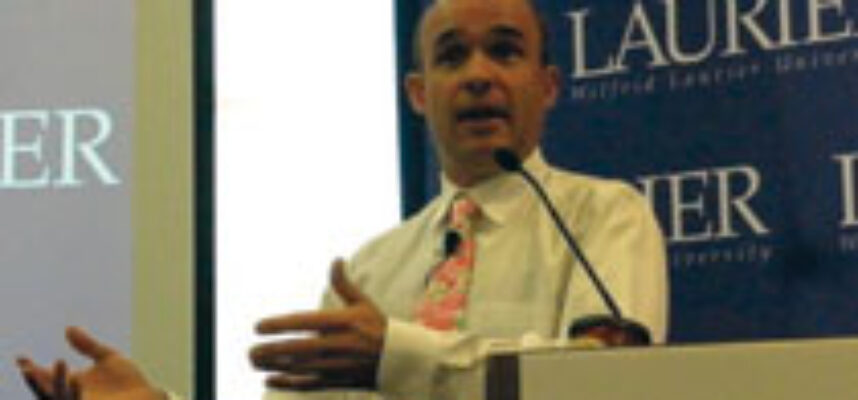

 Jonathan @ Victoria/Mile 0
Jonathan @ Victoria/Mile 0 Jonathan sincerely appreciates all of the enthusiasm and support that he received along the way, especially from those individuals and families who deal with Autism every day, yet who found time in their otherwise heavily committed schedules to host local events, come out and meet him, and support him. Likewise, Jonathan is heartened by the many people from all walks of life, who, although they do not have direct connection to ASD, lent their efforts to the run and showed their concern and support for their fellow Canadians.
Jonathan sincerely appreciates all of the enthusiasm and support that he received along the way, especially from those individuals and families who deal with Autism every day, yet who found time in their otherwise heavily committed schedules to host local events, come out and meet him, and support him. Likewise, Jonathan is heartened by the many people from all walks of life, who, although they do not have direct connection to ASD, lent their efforts to the run and showed their concern and support for their fellow Canadians.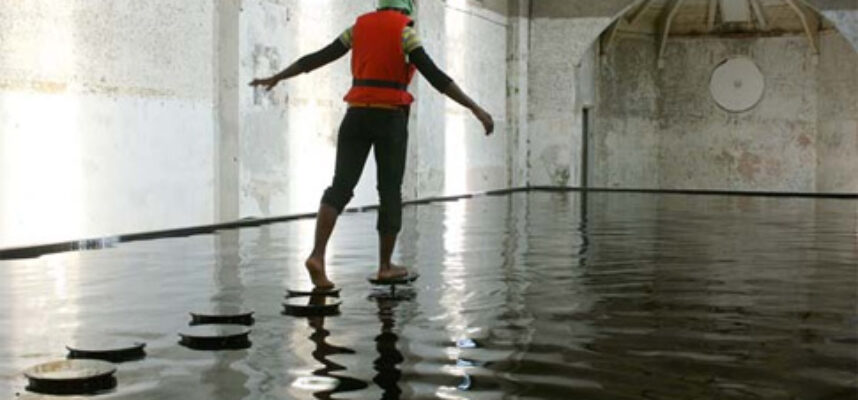

10 Sep 2015
0 CommentsMiddlebrook Prize on the Move
The Middlebrook Prize for Young Canadian Curators has named Adam Barbu as its third winner and is moving up to a whole new level. Founded in 2012 by John Kissick and me, with initial investments from Middlebrook Social Innovation Fund, to support and mobilize Canadian creative talent, the Prize aims to inspire positive social change through creativity and connectedness in a time of unprecedented economic, environmental, social, and cultural challenges.
First of all, the Prize has a new home in our partner gallery, the recently re-branded Art Gallery of Guelph. Led by Dawn Owen, the gallery provides a compelling new venue to host the Prize exhibition and to mentor the winner.
Secondly, the Prize now has a physical form and a visual identity as befits an increasingly important Canadian cultural icon. Designed by the immensely talented and award winning creative director, Chris Duchaine, our new visual identity reflects the knowledge integration inherent in modern curating interpreted with the most modern design principles. Paying homage to the “White Cube” abstraction of the idealized art gallery, it also references the forces that are breaking down that cube and moving curation firmly into the future, perhaps embracing new ideas like the Ultra Contemporary Art Movement.
Hear Chris discuss his design:
And, finally, the Prize now has a permanent online home with a website at MiddlebrookPrize.ca to properly highlight the accomplishments of this growing group of young opinion leaders in the arts world. To acknowledge that growing influence, the winners comprise an expert centre, using the cloud-based service ExpertFile to highlight the developing oeuvre of our cadre of winners. To further encourage the growth of this network of leaders, Katherine Dennis, the 2013 Middlebrook Prize winner, was a member of the selection jury for the 2015 Prize. We extend a special thanks to Kendra Martin for managing the design and implementation of our web presence.
In keeping with 6 words in the Prize name, (hence the “cube” in the visual design), we’ve chosen a playfully “cubic” hashtag of #MPfYCC. Stay tuned for more exciting developments, but do check out Adam’s exhibition opening on September 17th and the Middlebrook Prize Award Day on October 24th.